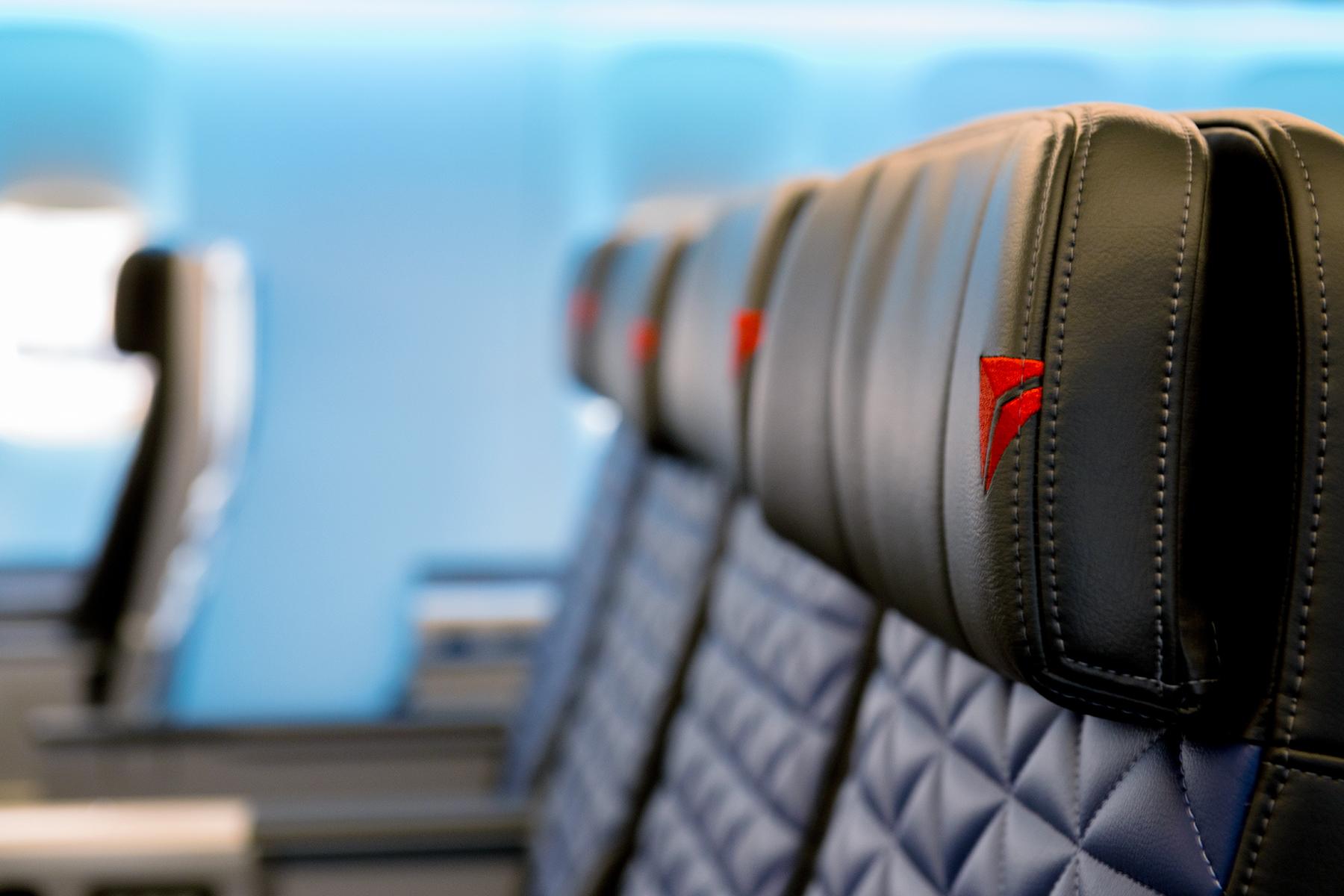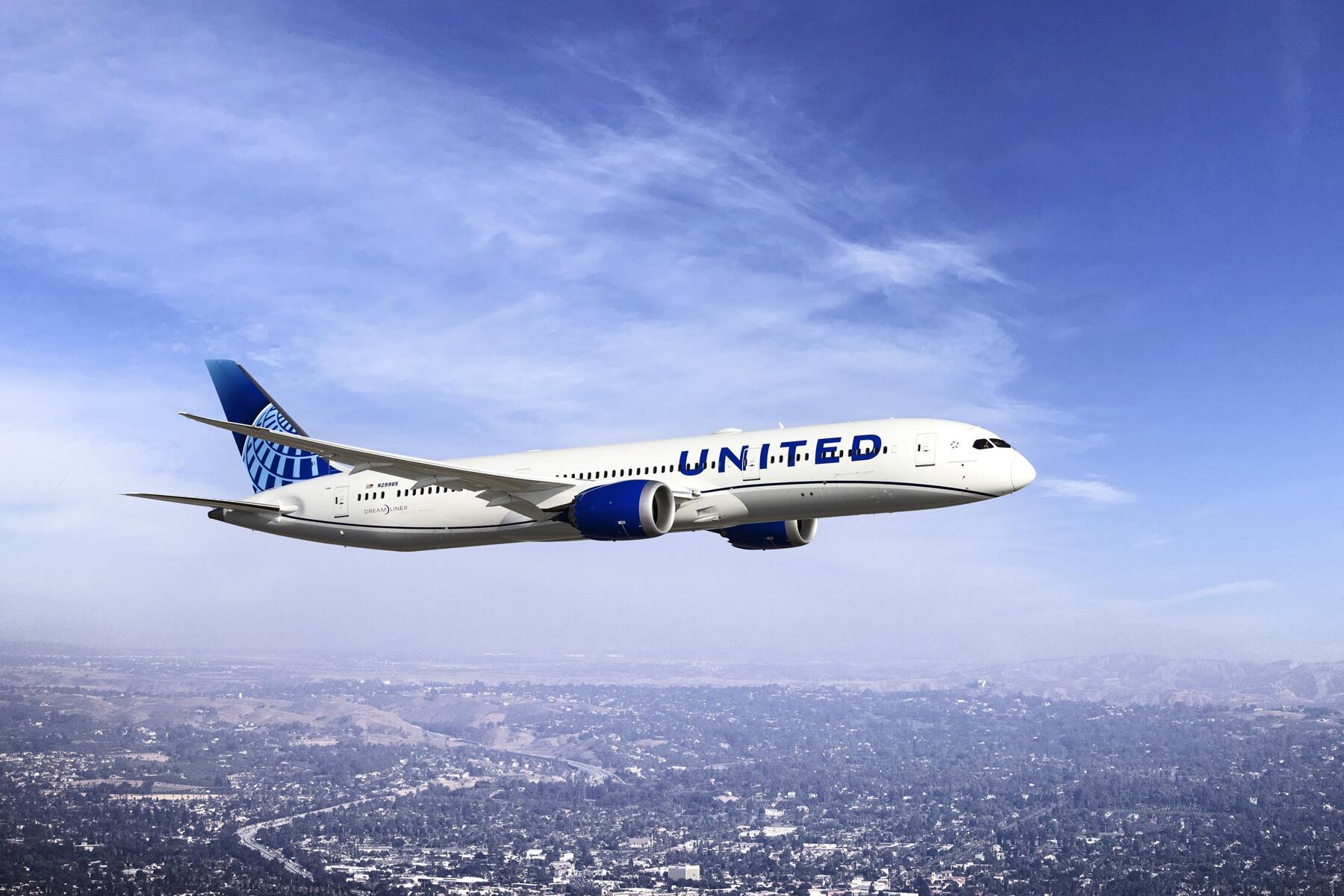We spoke with representatives from the Department of Transportation, TSA, and wheelchair users for tips on how to travel successfully with your chair.
I
n September of 2022, 1.54 wheelchairs out of 100 were mishandled by airlines reporting to the Department of Transportation (DOT). Allegiant Air had the lowest incidence of difficulty, while Spirit Airlines had the most reports from over 5% of wheelchair-user passengers.
It’s well known in the disabled community that flying with your wheelchair carries a risk of damage or loss, but what can be done to reduce the chances of any problems?
Know Your Storage
John Morris developed the accessible travel blog wheelchairtravel.org, a valuable collection of travel information for anyone with a mobility impairment. He’s written over 100 articles on air travel alone, from reviews to explanations of current laws and rights for disabled passengers. In his own travels, he feels that flights aren’t improving.
“I’ve been flying with a wheelchair since 2014,” he says. “I think since that time, air travel has gotten harder.”
Top Picks for You
Recommended Fodor’s Video
Morris explained that design changes have decreased legroom, and the seats themselves are becoming less accessible. In premium cabins, doors on the seats get in the way of transfers. Bathrooms aren’t always accessible.
“I think these things together create an environment that is certainly less friendly to disabled flyers,” Morris adds.
There are strategies that Morris uses to help make his travel more successful. As a power wheelchair user, he makes sure to notify the airline of his accessibility needs before he arrives.
“There’s a lack of understanding of how the wheelchair is going to be handled,” he explains. “For instance, if the cargo hold is only 28 inches tall, your four-foot tall power chair isn’t going to fit in there. It will be turned on its side and inevitably damaged.”
One of Morris’s first articles on his website is a guide to the cargo hold dimension of airplanes. He suggested that passengers work with any removable or reclining pieces of their chairs to store them on the plane.
“Many passengers don’t know that airlines are required to have a storage closet on board to store manual wheelchairs,” says Morris. “The dimensions are limited, so it might not fit, but you should at least try it.”
Politely Advocate and Educate
Fred Maahs consults with businesses and governments all over the world, assisting them to serve and attract disabled travelers to their destinations, a market of over 1.5 billion people. He spends around 25% of his time traveling for work, much of that as an airline passenger. His experience varies.
“For the most part, it’s good,” says Maahs. “Over the years, I’ve had my chair damaged a number of times. In fact, in one year, they damaged my chair four times over the course of that year. The fourth time they actually bent the titanium frame. For anyone using a mobility device, this is our independence. It’s our freedom. It’s our legs in many cases.”
Maahs agreed it’s beneficial to try to store your chair on board and to pre-register with the airline, but also cautioned that you should advocate for yourself when you have the opportunity.
“I very nicely ask the folks to be careful with my chair, and I hope that it resonates a little more when I tell them it’s custom to me,” he says.
He places fragile stickers and bubble wrap on parts that are especially vulnerable. It’s his hope that the cushion might protect from damage but also signal workers to be careful on those areas.
Speaking up is important, too, when boarding the aircraft. Every mobility impairment is different, so passengers shouldn’t assume an attendant understands their particular needs.
At the very least, speaking with everyone involved serves as a reminder to bring the chair, as Maahs has had it left on the tarmac as the plane taxied away.
If You Have a Problem, Report It
In July of 2022, the Department of Transportation issued the Airline Passengers with Disabilities Bill of Rights. This falls under the Air Carrier Access Act and the policies preventing discrimination based on disability in air travel.
“Airlines are required to include a Bill of Rights on their website and in any pre-flight notifications provided to passengers who have a need for accommodations relating to the disability,” according to the press office of the DOT. They have further regulatory plans to require airlines and their contractors to submit their plans to the DOT for approval.
Any passenger who experiences a problem during air travel that’s related to their disability can file a complaint with the DOT. The Office of Aviation Consumer Protection is sworn to investigate each claim. In addition, airlines are required to respond to each complaint registered within thirty days. There are steps to address the issue for any violation found during this process. This makes sure that there is accountability and education for every issue experienced by a wheelchair user.
Data on complaints is used to track areas of concern and can be found on the DOT website.
TSA Cares
The Transportation Security Administration (TSA) has a program to help passengers with mobility impairments at the security checkpoint. TSA Cares allows the security screening to be tailored to the individual by providing specific information ahead of time.
“The more we know before you start the security screening process, the easier it’s going to be,” says Mark Howell, Regional Spokesperson for the TSA.
The program asks users to be registered 72 hours before their travel. The contact center provides information to the airport to make sure that passengers have a support specialist ready for them at the checkpoint at a certain time. The program covers many needs, like medical devices, medically necessary liquids, mobility differences, and medication. Specialists can explain the passenger’s individual requirements to security agents and the security procedure to the passenger. With this advocacy, the entire process is smoother.
To get signed up for TSA Cares, you can email or call the numbers listed on this website.
This Is Personal
My husband is a wheelchair user, a C6-7 quadriplegic that pushes a manual wheelchair or one that he propels himself. He had a spinal cord injury at 19 when he dove a little recklessly into his backyard swimming pool while playing around with his dog. It rerouted his life and changed his goals of being an army officer, but he soon learned to adapt with help from friends, family, and an iron will. His wheelchair is his independence, his legs, and that’s why it’s so important that it be handled carefully when we fly.
I wish I could say that flying with a wheelchair is easy. We’ve flown twice to Texas recently from Georgia, and there was an issue each time. The first time, baggage claim couldn’t find his chair from when the plane arrived at 9:03 a.m. until 9:33 a.m. During that time, there was confusion and a suggestion that the chair had been put on a plane to Canada.
There’s a process for complaints that’s very responsive, and the whole issue was reported, and employees educated on best practices. The next month, we flew the same leg again, and on the return, the frame of the chair was damaged to the extent that it tips over when he leans. There’s a divot out of his front caster from whatever hit it or bent it, and he occasionally has to catch himself so that he doesn’t end up on the floor. That’s a lot to deal with for someone with impaired abdominal muscles, and I’m thankful he hasn’t fallen. The airline has been responsive and willing to repair or replace it. A wheelchair is extremely custom to the person using it. We waited for the manufacturing for that particular chair for six months. Hopefully, they’ll be able to repair it.




